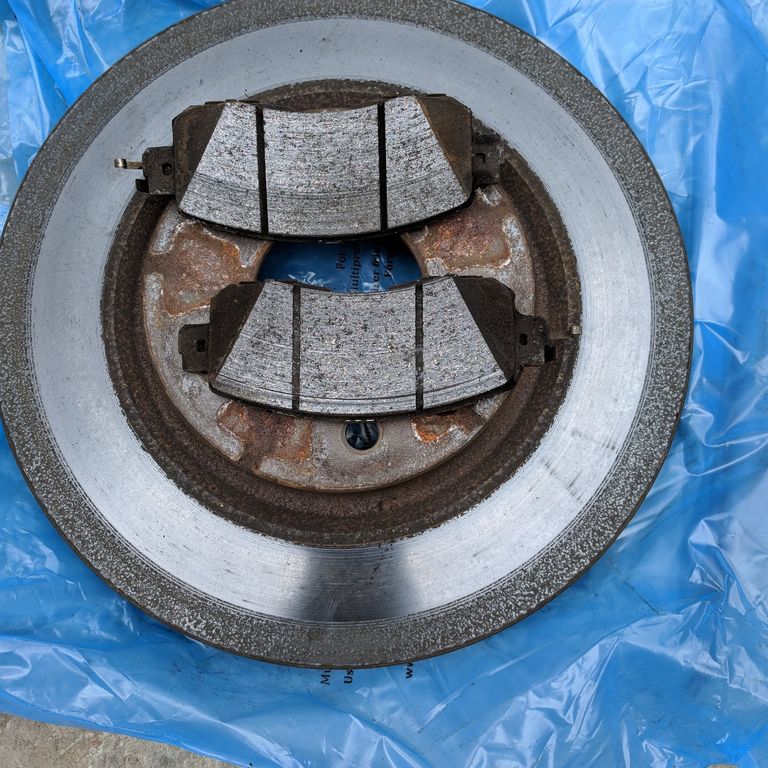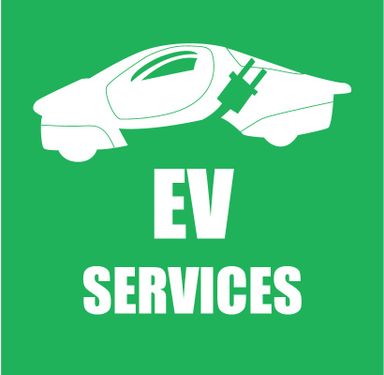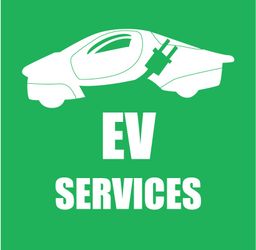Your EV still uses brake fluid
Many EV owners forget it even exists. Yet proper maintenance of your EV includes caring for this essential fluid.
What Does Brake Fluid Do for an EV?
Brake fluid helps move the parts in your vehicle’s hydraulic (brake) system, which enables your car to stop when you hit the brake pedal. If the levels of fluid are low, contaminated by moisture, or not flowing properly, your braking power is impeded.
What Happens to Brake Fluid over Time?
Brake fluid loses its effectiveness over time. The fluid can absorb moisture, which can lead to corrosion in your hydraulic system and other problems that make your brakes less effective, decreasing your ability to stop in critical driving situations. This "wearing out" of the fluid happens even if you rarely use the brakes due to regen braking.
How Often Do You Need to Change It?
Some makers recommend an interval (either time or mileage) but there is usually no set interval to change the brake fluid in your vehicle because it depends on the driving conditions you typically encounter. A good rule of thumb is to check it during regular maintenance and expect to change it every four to five years. Signs that you should get your brake fluid checked immediately include fluid that has a burnt odor, is not clear or transparent, or is at a lower level than it’s supposed to be. A sure way to tell when to change the fluid is to directly measure the moisture content. EVservices performs this measurement with every Service A or B and provides the results as part of the report for the EV. When the moisture content reaches 3%, we recommend you change the fluid - this can be done as an add-on to either service or as a stand-alone service.
1/2023
You can't ignore your 12 V battery
Your EV still relies on 12V technology for many systems around the vehicle, like the lights, power windows, infotainment, etc. To power these systems, the vehicle uses power from the large traction battery most of the time, but when the vehicle is not in use, these systems are powered by a separate standalone 12 V battery. Like in an ICE vehicle, this battery is subject to degradation and failure.
As part of our Service A and B, we check the health status of this battery to ensure you are not stranded with a degraded 12 V battery. Thankfully, like in an ICE vehicle, you can "jump" start an EV with an external power source.
9/2022
You still need to change your cabin filter
While electric vehicles have much lower maintenance requirements compared to their internal combustion engine equivalents, they can't escape the need to provide a clean air environment inside the vehicle by filtering the air in the cabin.
EVs and ICE vehicles have very similar ways to provide clean air inside the cabin. They take either outside and/or inside air and route it through a pleated media filter before discharging it into the cabin. That filter traps all manner of contaminants and after some time and use, they become much less efficient, clogged and simply don't provide the filtration needed.
Most vehicles use a simple paper filter media to accomplish this filtration. These should be replaced at least every two years or about 20K miles. On most EVs, this filter is located behind the passenger glove compartment and is fairly simple to replace. On others, like the Model 3/Y Tesla, the filter is buried deep under the center console which takes special tools and more time to replace.
On all EVs, the filter media can be upgraded to a High Efficiency Particulate Air (HEPA) filter which provides a much higher level of filtration along with the removal of odors, gases, mold, pollen, dust, and other airborne particles with a size of 0.3 microns. In addition to these types of filters being more expensive, they also need to be replaced more often due to their ability to capture more contaminants.
Our Service B includes the replacement of the cabin filter and we can replace the filter with the original filter or upgrade you to a HEPA filter.
6/2022
Tires may wear faster and differently on an EV
Compared to internal combustion engine cars, electric drive technology lowers engine noise, emissions, maintenance and running costs. However, one consequence of the many electric vehicle benefits is a significant increase in weight. Batteries are heavy and their weight places additional strain on electric vehicle tires.
While electric engine torque provides instant acceleration, this high instant torque places additional strain on the tires.
To increase EV tire longevity, maintenance is especially important. As with other tires, you should check the air pressure of your electric vehicle tires regularly and adjust if necessary. Slightly higher than recommended pressure may yield some tire wear improvement and perhaps increased efficiency at the cost of potentially harsher ride quality.
As part of our Service A or B, we can check for excessive wear, especially on the inside edge of the tire. Our tire rotation service will even the wear across the four tires and will delay the need to replace worn tires.
4/2022
Why EVs still need brake service and what to do to delay an expensive repair

The picture above is the front brake rotor and pads from a Nissan Leaf with just 12K miles on it. The vehicle was driven almost exclusively with one pedal driving. So how could such abnormal wear happen so quickly if you almost never use your brakes?
The cause is a combination of the environment and lack of brake use. When brakes are seldom used, condensation, salt air, wet weather and contaminants get on the pins on upon which the brake pads are supposed to freely travel. They also collect on the surfaces of the pads which contact the brake caliper.
Both of these lead to seizing of the brake pads which leads to the observed very uneven wear.
How to prevent such issues and the corresponding expensive repair?
1. At least a couple of times during your normal daily driving, use the brakes aggressively (in a safe location/manner). This will heat all the parts which will dry them out - this will eliminate the leading cause of the rust and contamination leading to seizure.
2. Occasionally have the brakes inspected and serviced if needed, to prevent such seizures. The service removes all the built-up contaminants and lubes all the surfaces which are supposed to move freely.
1/2022
We need your consent to load the translations
We use a third-party service to translate the website content that may collect data about your activity. Please review the details in the privacy policy and accept the service to view the translations.

